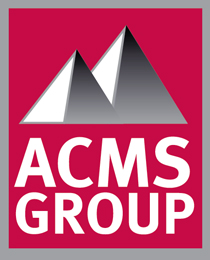Wear and tear, damage and defects in pipelines can lead to disaster. Corrosion and leaks can create costly incidents. Fortunately, there are repair options that can keep pipelines safe. A modern solution is composite repair. This effective method is being used in a variety of settings to maintain pipelines. The following guide to composite repairs offers an overview of this repair method.
When are composite repairs appropriate?
Composite repairs offer a durable solution for non-metallic pipe repairs; however, each industry has certain requirements that must be met in order to use composite repairs. For example, the Department of Transportation (DOT) allows composite repairs to be used on defects where the wall loss is no greater than 80 percent.
If you have a project that may benefit from composite repairs, consult with a team of project management experts. These experienced professionals can help you determine the best solution for your project.
What are the benefits of composite repairs?
Composite repairs offer several advantages over other repair methods. First, this type of repair can be completed while the pipeline remains active. Technicians do not have to adjust the pressure to complete the repair. Second, technicians do not have to obtain hot work permits to install a composite repair system. Third, composite repairs are faster than other methods. For example, these repairs can be completed in a third of the time required for a welded sleeve repair. Fourth, composite repairs can be completed in tight spaces and around complex configurations.
Because of these advantages of composite repairs, this method also offers an economic benefit. The repairs can be completed at a lower cost than some other methods.
What is the proper procedure for composite repairs?
Before composite repairs are made, it is important to properly prep the surface. All contaminants should be removed, and the surface should be clean and as smooth as possible. Once this preparation is complete, the composite repair should begin right away.
Of course, each repair will have unique processes and considerations. For a complete guide to composite repairs and tips for a specific project, consult with your local project management experts.
Is training required for composite repairs?
Yes, training is necessary to ensure proper application of composites. Only trained technicians should attempt these repairs. Applicators should be certified by the manufacturer and trained in all properties of the material and installation methods. To connect with a qualified professional, contact a local construction management company.
Learn more
For additional information not covered in this guide to composite repairs, contact the experienced professionals at ACMS Group.
We have served steel, refining, power generation, natural gas, chemical, automotive, food processing and pharmaceutical clients across the United States. Our services include project management, staffing, safety services, capital and site maintenance, engineering work (civil, electrical, mechanical), inspection assessments, HVAC and more. We have excellent working relationships with trade unions and other industrial contractors.
Bring your tough, complex construction jobs to us. Get started today with a quick call to our experts at 219-662-2380.
